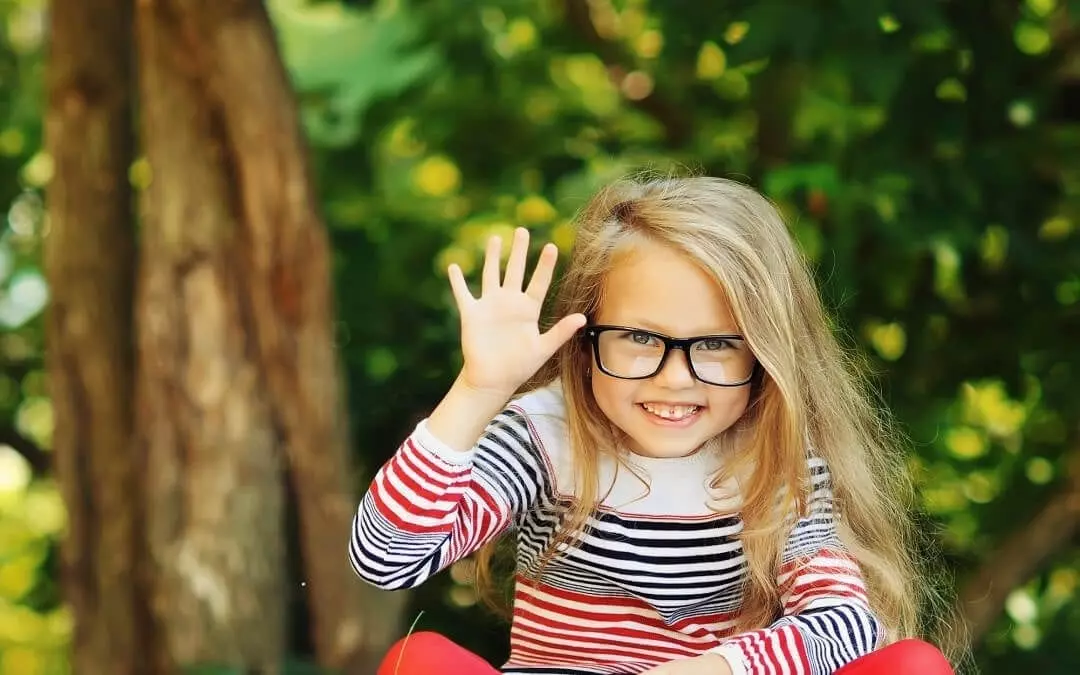You want your child to have every happiness—to do well in school, enjoy activities that stretch his or her mind and body, and engage in plenty of wonderful relationships. Your child’s health is one of your first priorities, especially because you understand how important health and wellness are to your child’s well-being.
What many parents don’t realize is that their child’s eyesight has a major impact on every other aspect of his or her life. And because your child can’t communicate easily if his or her eyesight is poor (usually because they don’t realize anything is wrong, even if they have the words to describe the problem), parents go for years without realizing that their child struggles to see.
Below are a few tips that can help you recognize if your child struggles with poor eyesight, as well as what to do when you realize there’s a problem.
Common Childhood Symptoms of Poor Eyesight
If your child has poor eyesight (or is developing an eye problem, like astigmatism), there are usually some tell-tale signs that can help you understand the problem. Listed below are nine symptoms that children suffer from if they have poor eyesight.
It’s likely that your child experiences at least one of the below symptoms, even if he or she has perfect eyesight. But if your child suffers from two or more of these symptoms, you can feel pretty confident that there’s an eyesight issue.
1. Squinting
Your child may feel a need to squint to see better close-up (farsightedness) or far away (nearsightedness). Squinting reduces the size of the object your child looks at, compensating for your child’s inability to see clearly.
2. Frequent Headaches or Nausea
Your child may need to make an extra effort to bring close objects into focus. This tension may cause your child to experience frequent headaches or, in rare cases, to feel nauseous—all in an effort to make their world clearer.
3. Covering One Eye
If your child covers or closes an eye every time he or she needs to focus on something (like reading a book or watching a television show), astigmatism may be the cause. There’s also a chance that your child suffers from exotropia, which means that he or she is extra sensitive to bright light.
4. Struggling to Read
Reading is a tough objective for any child. But for a child with farsightedness or another sight problem, it can be even more difficult. Your child might lose his or her place on the page easily or skip lines frequently. If your child points to keep his or her place, he or she may have a problem with seeing clearly.
5. Eye Rubbing
Children usually rub their eyes because they strain them extensively while trying to see. They might also suffer from dry eyes or allergic conjunctivitis. Eye drops can help, but check with the doctor to ensure a healthy solution.
6. Clumsiness
Bumping into objects or tripping frequently is something that most children do, especially when they are first learning to walk. But what some parents write off as clumsiness might be an eyesight problem.
7. Sitting Too Close
If your child habitually sits too close to the TV or needs to sit at the front of the classroom to understand what goes on in class, he or she might suffer from nearsightedness. The opposite is also a problem—some children need to sit far away, revealing an issue with farsightedness.
8. Tilting the Head
Your child may see double when looking in a certain direction. This tilting is the result of strabismus, an imbalance in the eye muscles.
9. Excessive Tearing
If your child’s eyes water frequently, there might be a medical explanation. Lag ophthalmus is a condition in which eyelids do not close completely during sleep, so the eyes dry out and tear excessively the next day.
Remember—most children demonstrate at least one of these nine behaviors as they grow older. It’s only if one or more of these symptoms interferes with your child’s daily life that there’s a good chance that the cause is poor eyesight.
What to Do If There’s a Problem
The first thing you should do if you suspect that your child has an eyesight issue is schedule an appointment with your local optometrist. Your optometrist will be able to diagnose the issue and recommend the proper solution.
For most childhood eyesight problems, glasses correct the issue Children’s glasses are durable, fashionable, and best of all, resolve the problem. A child with a standard eyesight issue and corrective glasses will see better, suffer from fewer headaches, bumps, and bruises, and even perform better in school.
For less common eyesight issues, your optometrist may recommend a different solution, like eye drops or corrective surgery. Together, you and your child’s optometrist can create a treatment strategy that is best for your child.
If you need to take your child to visit the eye doctor, help him or her to feel excited and alleviate any fears. Explain that the eye doctor will help them see better and that nothing scary will happen. You can be with your child throughout the entire procedure, so you will be right there if your child feels worried or anxious.
Schedule your appointment with the optometrist today!

